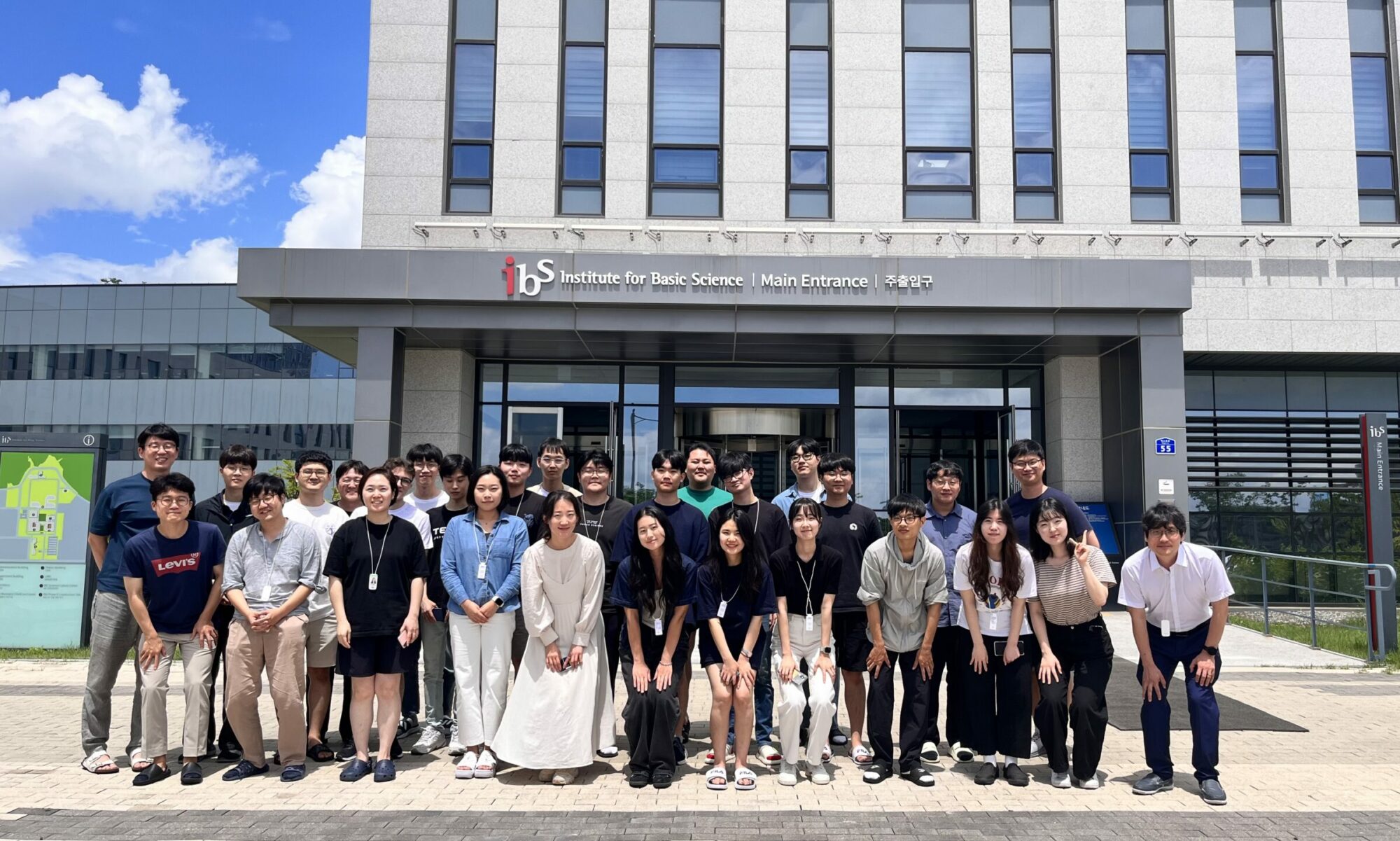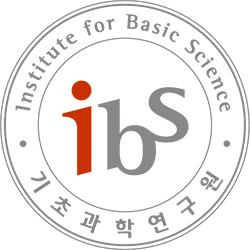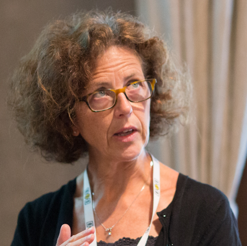Bayesian model calibration and sensitivity analysis for oscillating biochemical experiments
B305 Seminar room, IBS 55 Expo-ro Yuseong-gu, Daejeon, Korea, Republic ofAbstract: Most organisms exhibit various endogenous oscillating behaviors, which provides crucial information about how the internal biochemical processes are connected and regulated. Along with physical experiments, studying such periodicity of organisms often utilizes computer experiments relying on ordinary differential equations (ODE) because configuring the internal processes is difficult. Simultaneously utilizing both experiments, however, poses a …






